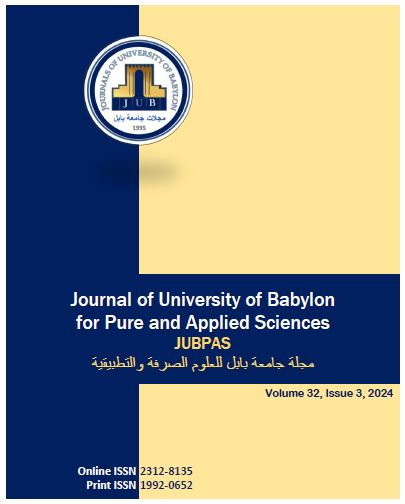A Review on Study Short-Range Correlations and the Isospin Dependence
Main Article Content
Abstract
High-energy electron scattering can be considered a crucial tool for interpreting the function of high-momentum nucleons (and quarks) in nuclei and offers a clean, accurate probing for investigations of hadronic and nuclear organization. The intense repulsion of nuclear contact at small distances is the source of short-range interactions in nuclei and nuclear matter. These connections have been verified in several nuclear tests using hadronic and electroweak probes.
Improved knowledge of the underlying structure of these high-momentum and short-range arrangements in nuclei will be crucial for a variety of high-energy observables. The short-range correlations also appear to be associated with changes in the quark distributions in nuclei. Over the past ten years, there has been a significant concentration on both theoretical and experimental efforts aimed at characterizing short-range correlations, namely their isospin dependence.
In this review, it will employ a theoretical framework rooted in many-body Green's functions theory. Specifically, review focus on the one-body momentum distributions as a fundamental variable. The objective is to provide a concise overview of the latest research findings in the field.
Article Details
Issue
Section

This work is licensed under a Creative Commons Attribution 4.0 International License.
